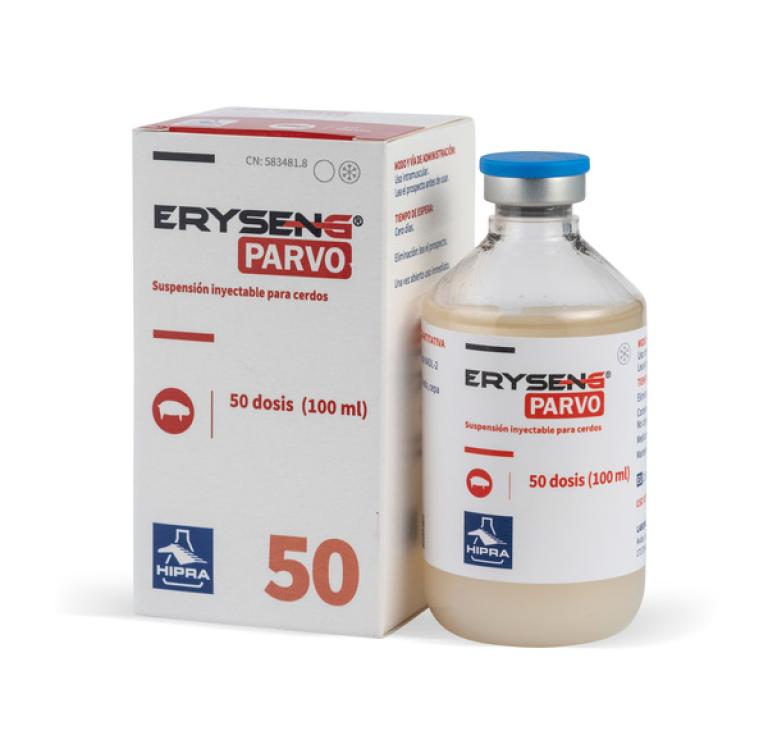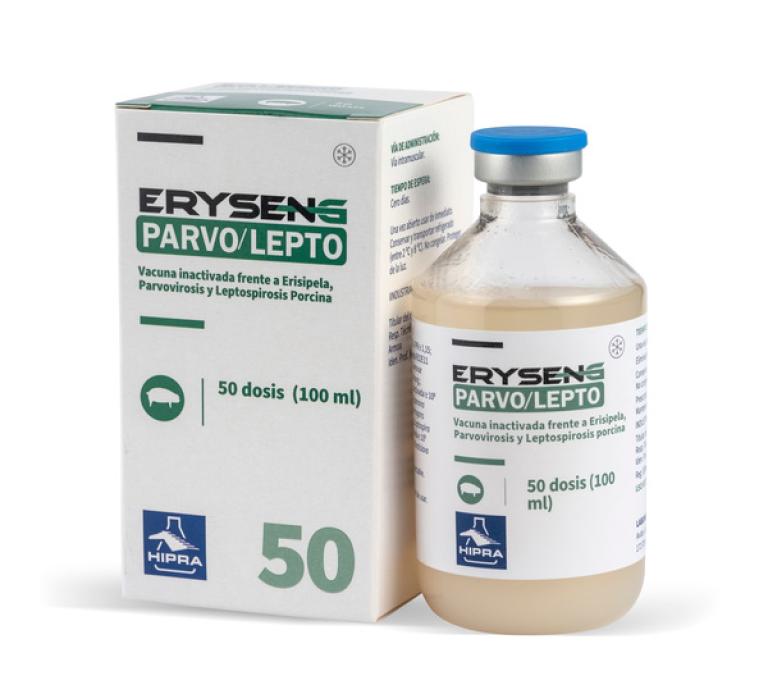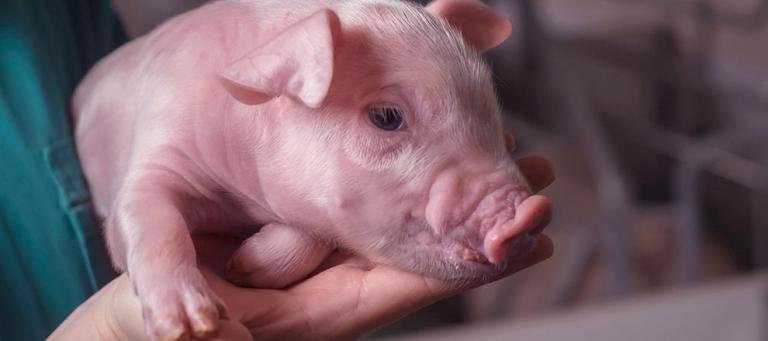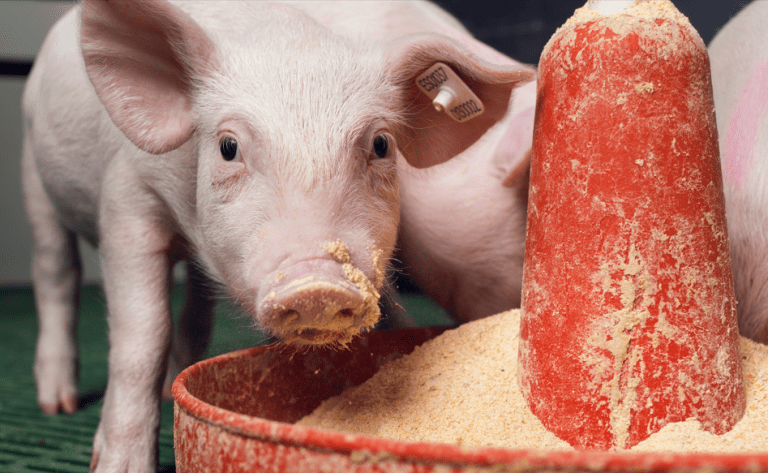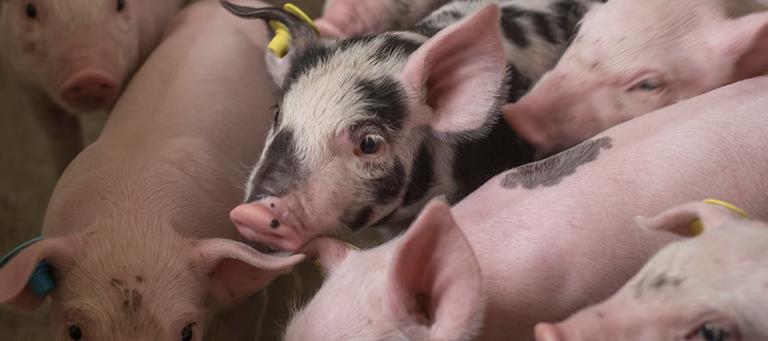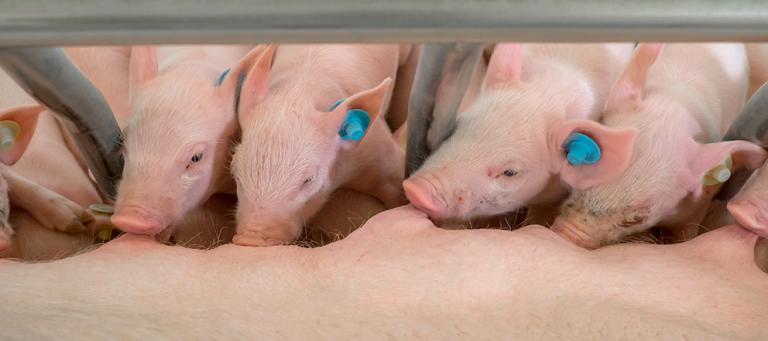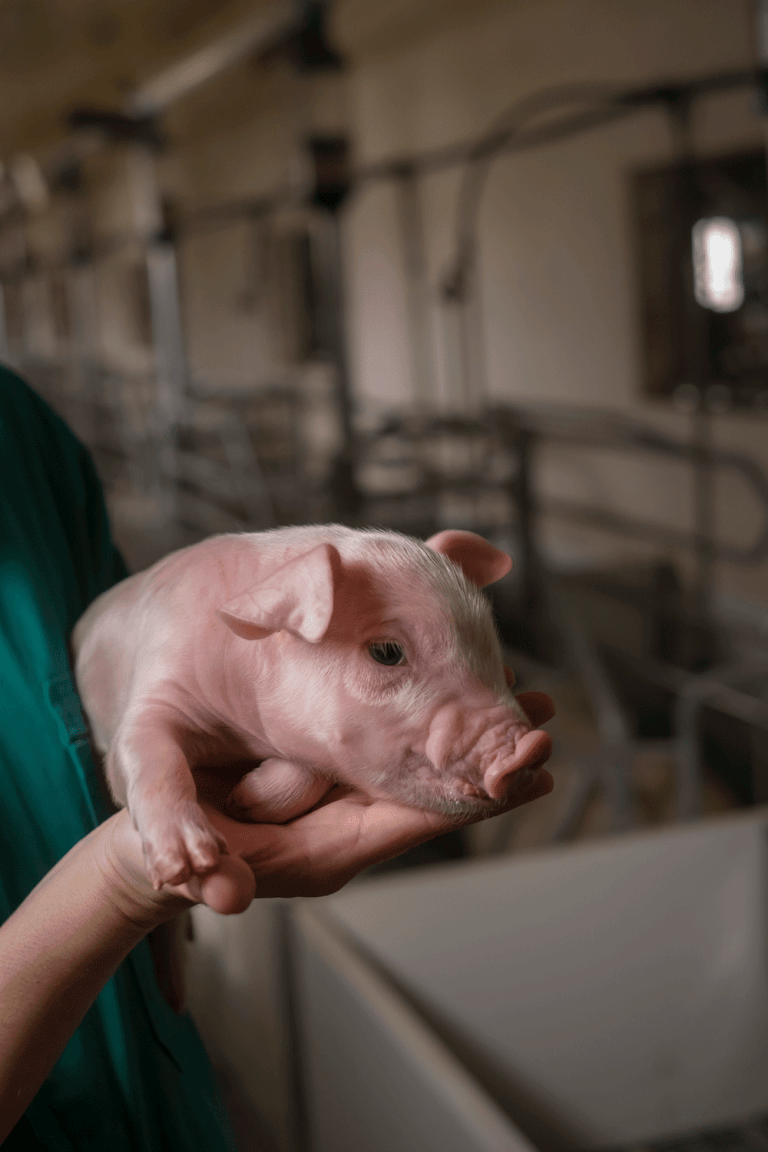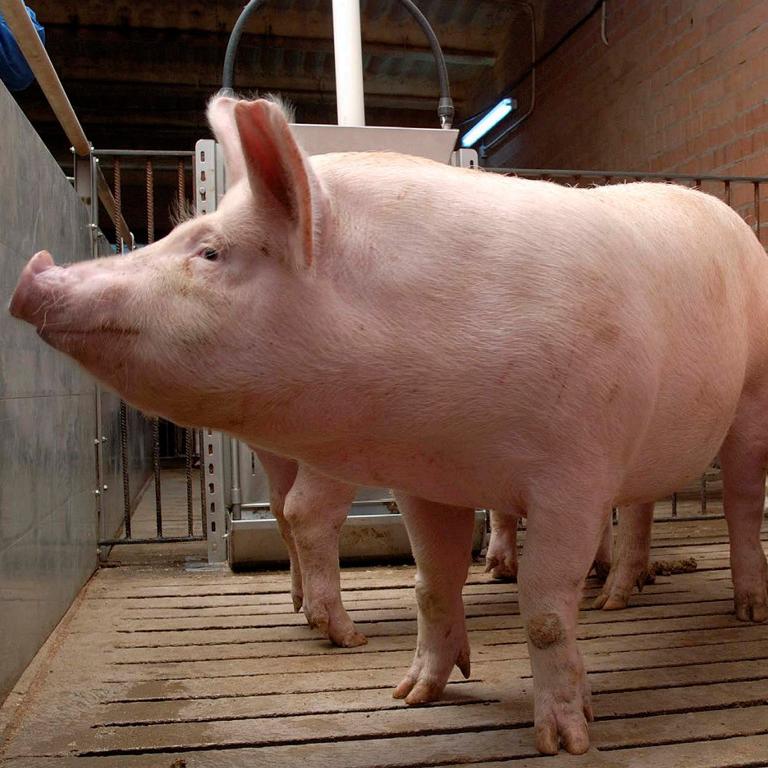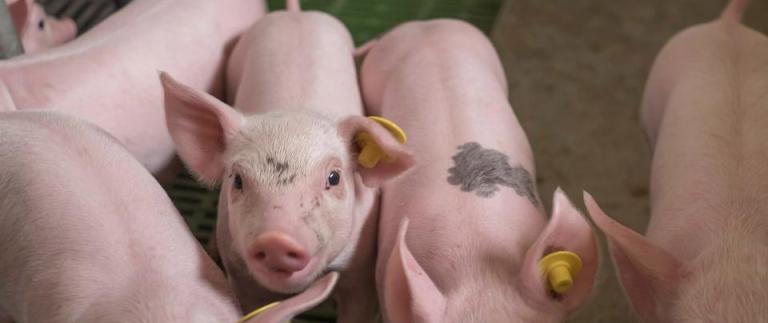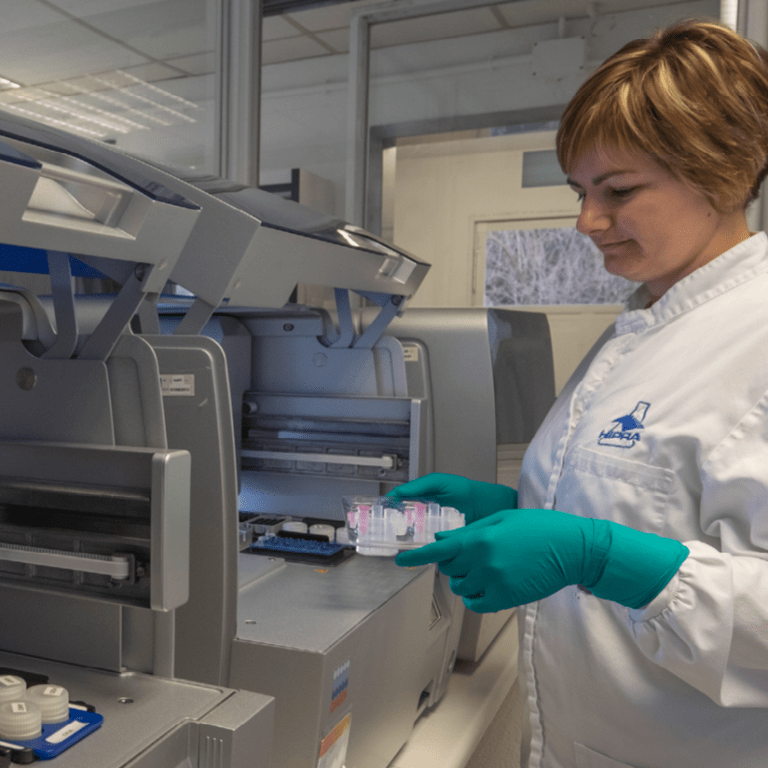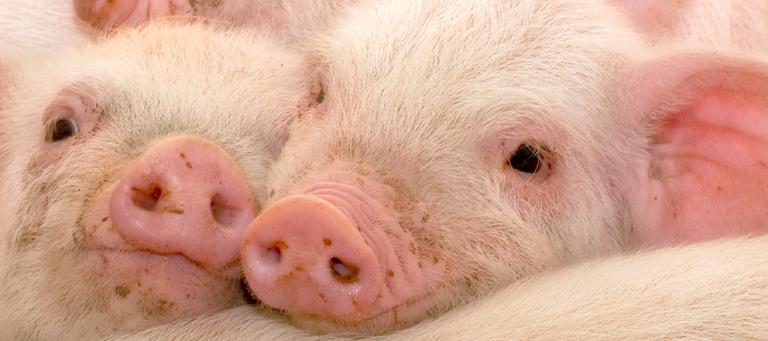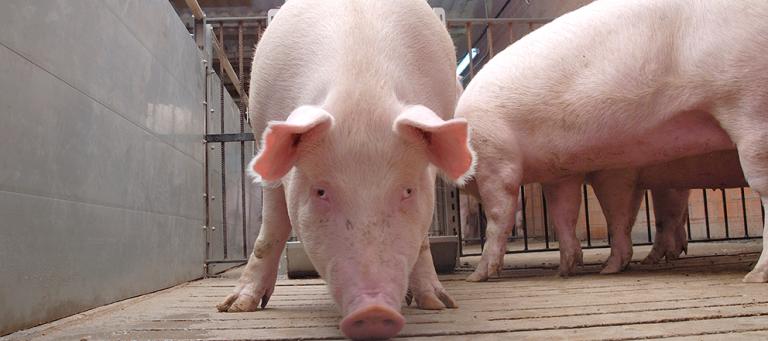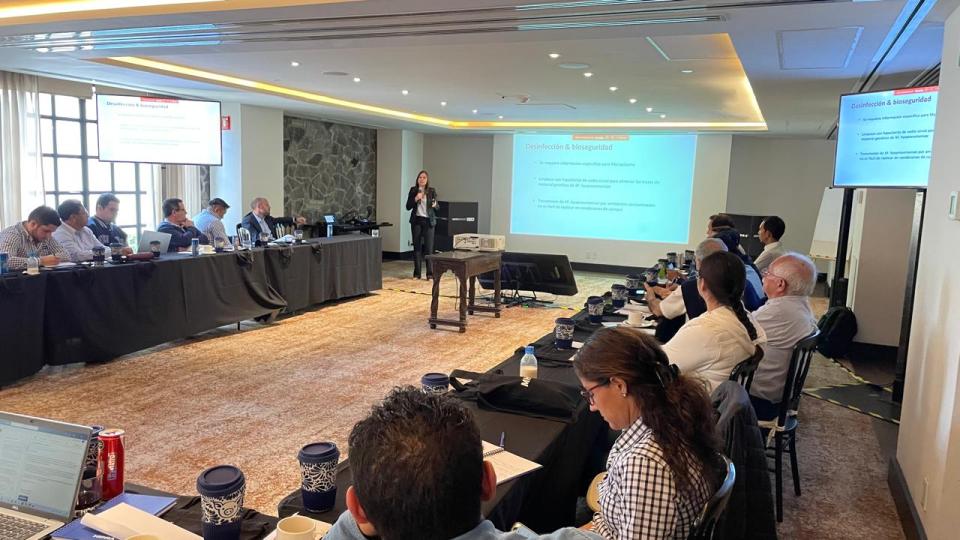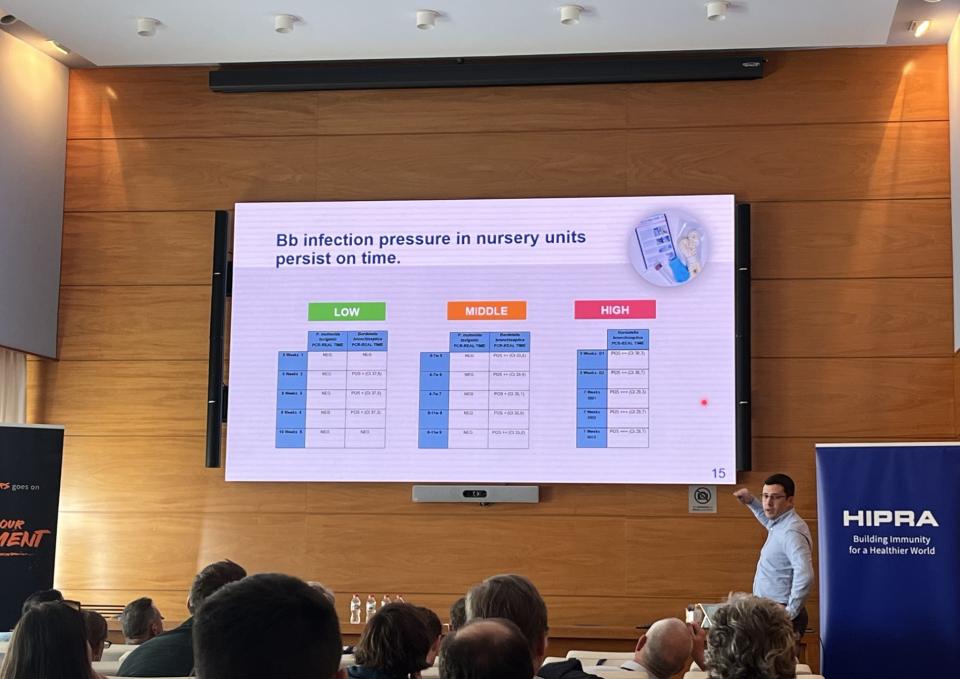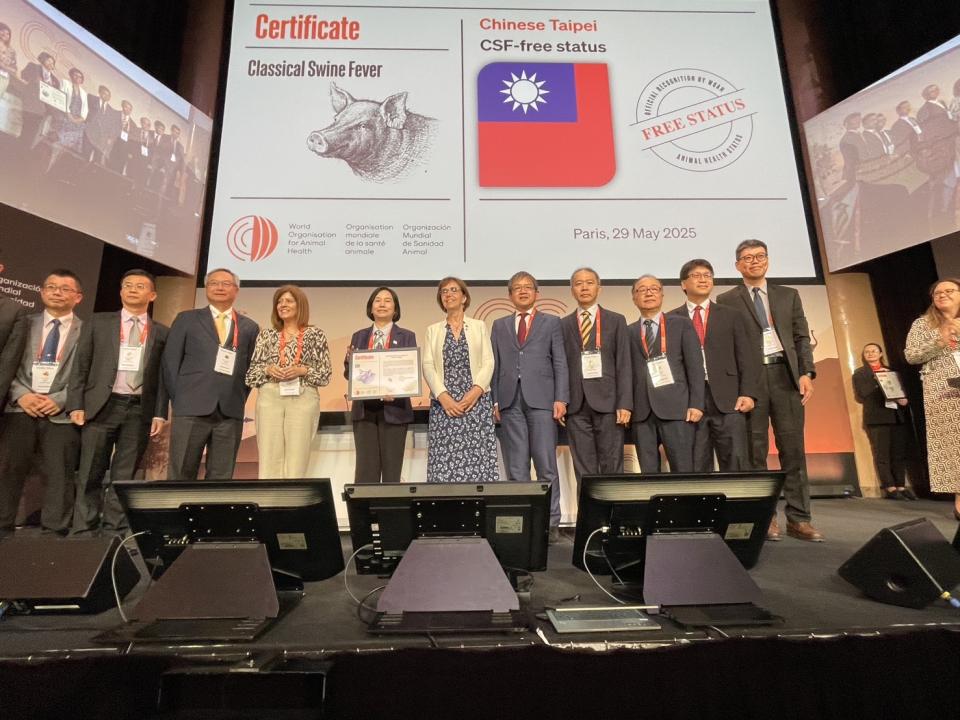AETIOLOGY:
Porcine Parvovirus, DNA virus
TRANSMISSION:
Endemic in pigs in most of the world. The virus replicates in susceptible pigs and it is shed in feces and other secretions and there is an oro-fecal infection. Also can by transmitted by semen.
CLINICAL SIGNS:
Porcine Parvovirus is considered the main cause of reproductive disorders in pigs, which are summarized under the acronym SMEDI (Stillbirth, mummification, embryonic death, and infertility). Reproductive losses are typically low in vaccinated herds, but can cause devastating abortion storms in unvaccinated herds or in situations in which the vaccine was administered incorrectly. The clinical signs will vary depending on the stage of gestation at which infection occurs. If the placenta cross occurs at the beginning of gestation, around day 10, the conceptus is protected by the zona pellucida and is not susceptible. Between day 10 to 35, it causes the embryos resorption, if it is complete will cause irregular return to estrus, and if it is partial, small litter size. After ossification, around day 35 till day 70, will cause the well-known mummification. After day 70, the foetus is immunocompetent and depending on the strain severity and the foetus immune system, can provoke stillborn piglets.
LESIONS:
Embryonic death followed by resorption of fluids and soft tissues is the most common sequel to Parvovirus infection. It does not cause any type of lesions in adult animals.
DIAGNOSIS:
Clinical: from the typical clinical signs SMEDI. The differential diagnosis should include all the diseases causing SMEDI disorders without affecting the sows health status.
Laboratory: direct diagnosis by PCR and evaluation of immune status by serology. Other techniques less common are immunofluorescence or histology.
TREATMENT, PREVENTION AND CONTROL:
There is not treatment for its control. It is difficult to establish and maintain breeding populations free of the virus, so the goal is to maintain herd immunity against Parvovirus by vaccination. The vaccines are usually combined with Erysipelas and/or Leptospira spp. antigens with different adjuvants, depending on the farming conditions and epidemiological situation.
The vaccines contain an inactivated Parvovirus strain and induce antibody titters to prevent disease but not infection. The regular revaccination of breeding sows at 4-6 months interval it is necessary to maintain protective immunity in sows.






